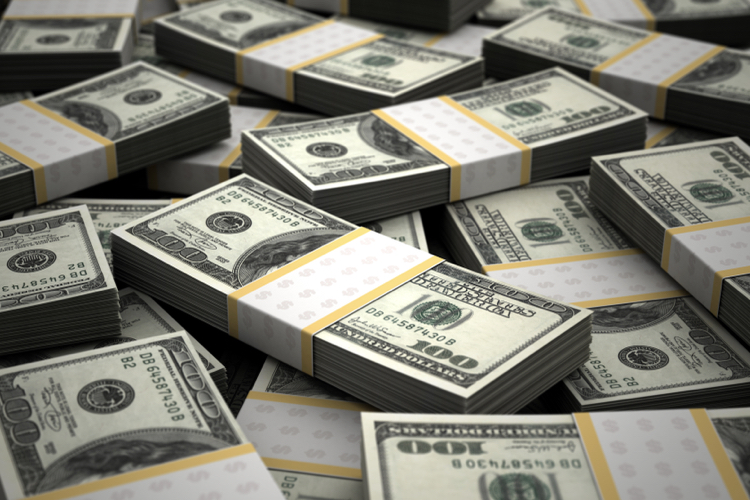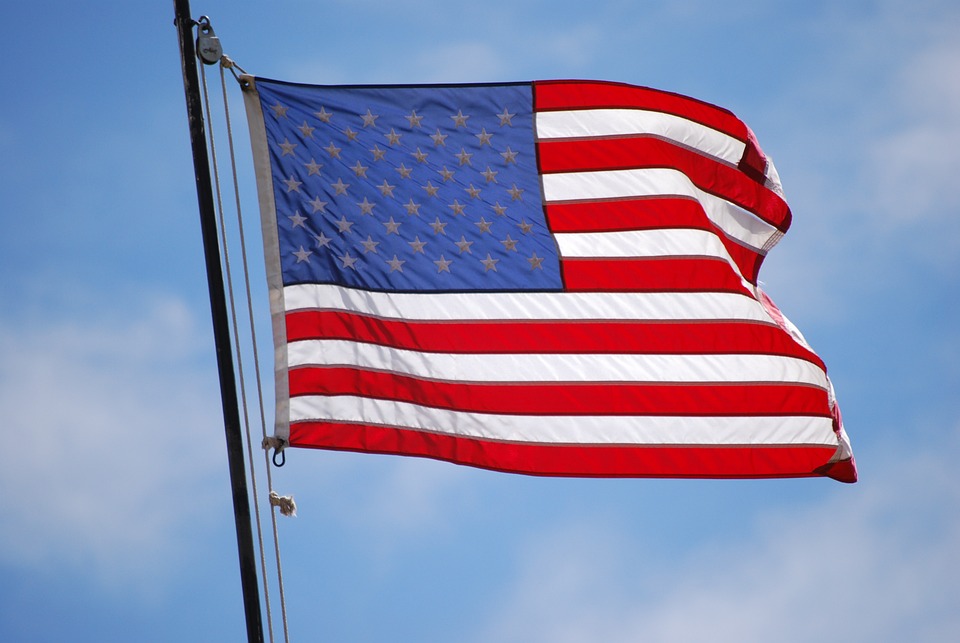Silicon Valley Bank, established in 1983, was the 16th largest commercial bank in the United States just before it collapsed. It provided banking services to nearly half the U.S. venture capital-backed technology and life sciences companies.
SVB had benefited extraordinarily from the explosive growth of the technology sector in recent years, leveraged by very low borrowing costs and a boom in demand for digital services driven by the COVID-19 pandemic.
The bank’s assets, including loans, had more than tripled from $71 billion at the end of 2019 to a peak of $220 billion at the end of March 2022, according to financial statements. Deposits rose like a rocket from $62 billion to $198 billion during that period, as thousands of tech startups deposited their cash with the lender. Its global headcount more than doubled.
Why Did It Collapse?
SVB’s collapse occurred unexpectedly, after a delirious 48 hours in which customers withdrew deposits from the bank in a typical bank run. But to find the origins of its collapse, you have to go back several years.
SVB held billions of U.S. dollars in Treasury bonds during an era of absurd, next-to-zero interest rates, as did many other banks. What seemed like a sure bet quickly came crashing down like a house of cards when the Federal Reserve aggressively raised interest rates to control inflation.
Will There Be Another Banking Crisis?
There are currently signs and symptoms of stress and concern in other banks. The share prices of First Republic Bank and PacWest Bancorp were temporarily halted after their shares plunged 65% and 52%, respectively.
In Europe, the benchmark Stoxx Europe 600 Banks index, which groups 42 large banks in the EU and the UK, fell 5.6% in morning trading, posting its biggest drop since last March.
Shares of beleaguered Swiss banking giant Credit Suisse fell 9%; thus, SVB is not the only financial institution whose investments in government bonds and other assets have suffered a dramatic loss in value.
Curiously, this was the Swiss bank that published more or less positive forecasts about the Venezuelan economy and about which we wrote in due course.
At the end of 2022, U.S. banks were piling up $620 billion in unrealized losses — that is, in assets whose prices had fallen but which had not yet been sold — according to the FDIC, which insures deposits in U.S. banks.
By the way, deposits are insured up to $250,000, an amount that seems somewhat modest to us. What is going on with U.S. banking regulators?
Without a doubt, the increase in interest rates was in response to the need to combat inflation, yet every economic policy has its price. All those years dedicated to creating an artificial boom with low interest rates — close to 0%! — and now we are dealing with the consequences.
Shop For Night Vision | See more…
Shop For Survival Gear | See more…
-
Sale!

Quick Slow Release Paramedic Survival Emergency Tourniquet Buckle
Original price was: $14.99.$7.99Current price is: $7.99. Add to cart -
Sale!

Mesh Shooting Hunting Vest with Multi Pockets
Original price was: $59.99.$39.99Current price is: $39.99. Add to cart -
Sale!

Stainless Steel Survival Climbing Claw Carabiner Multitool Folding Grappling Hook
Original price was: $19.99.$9.99Current price is: $9.99. Add to cart

















































